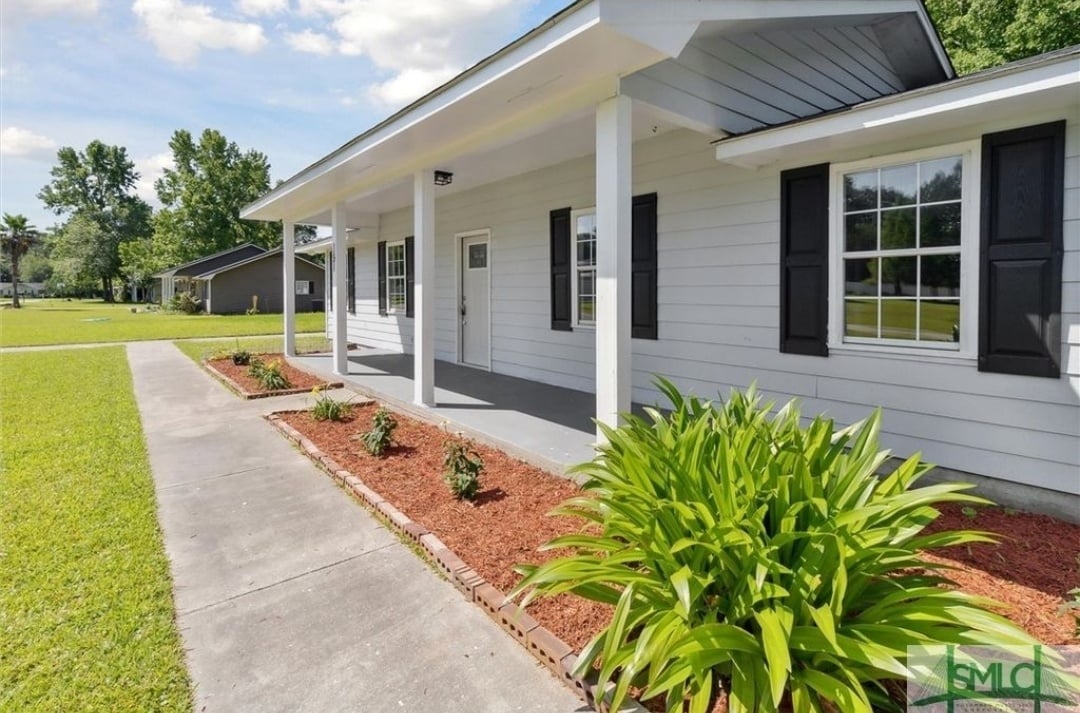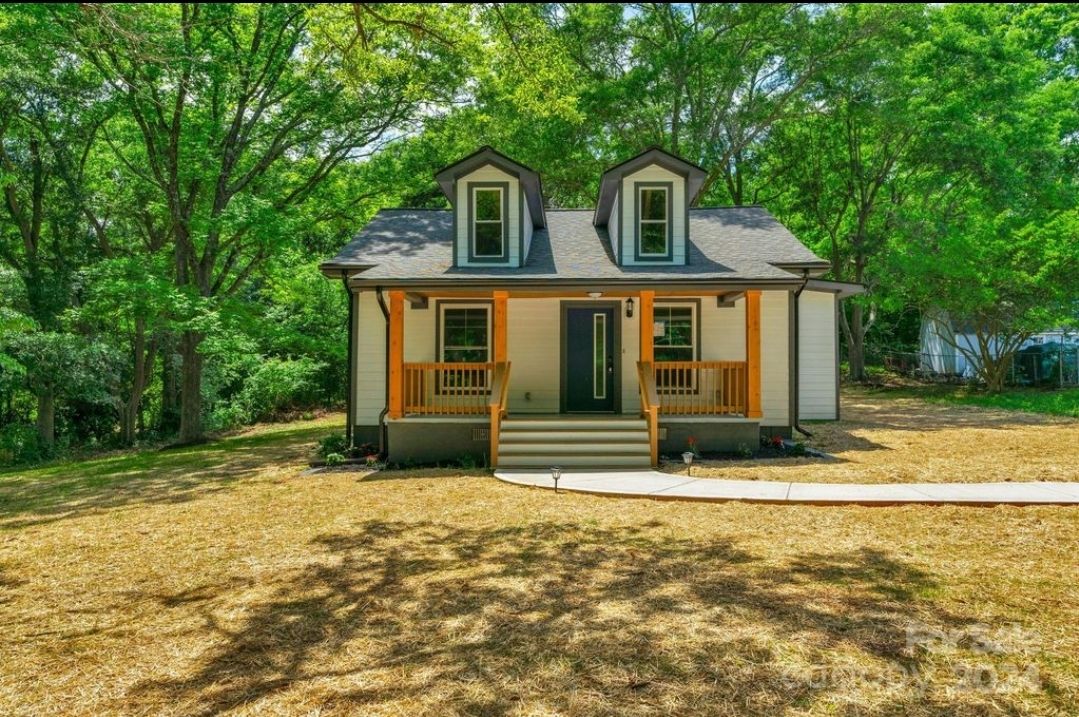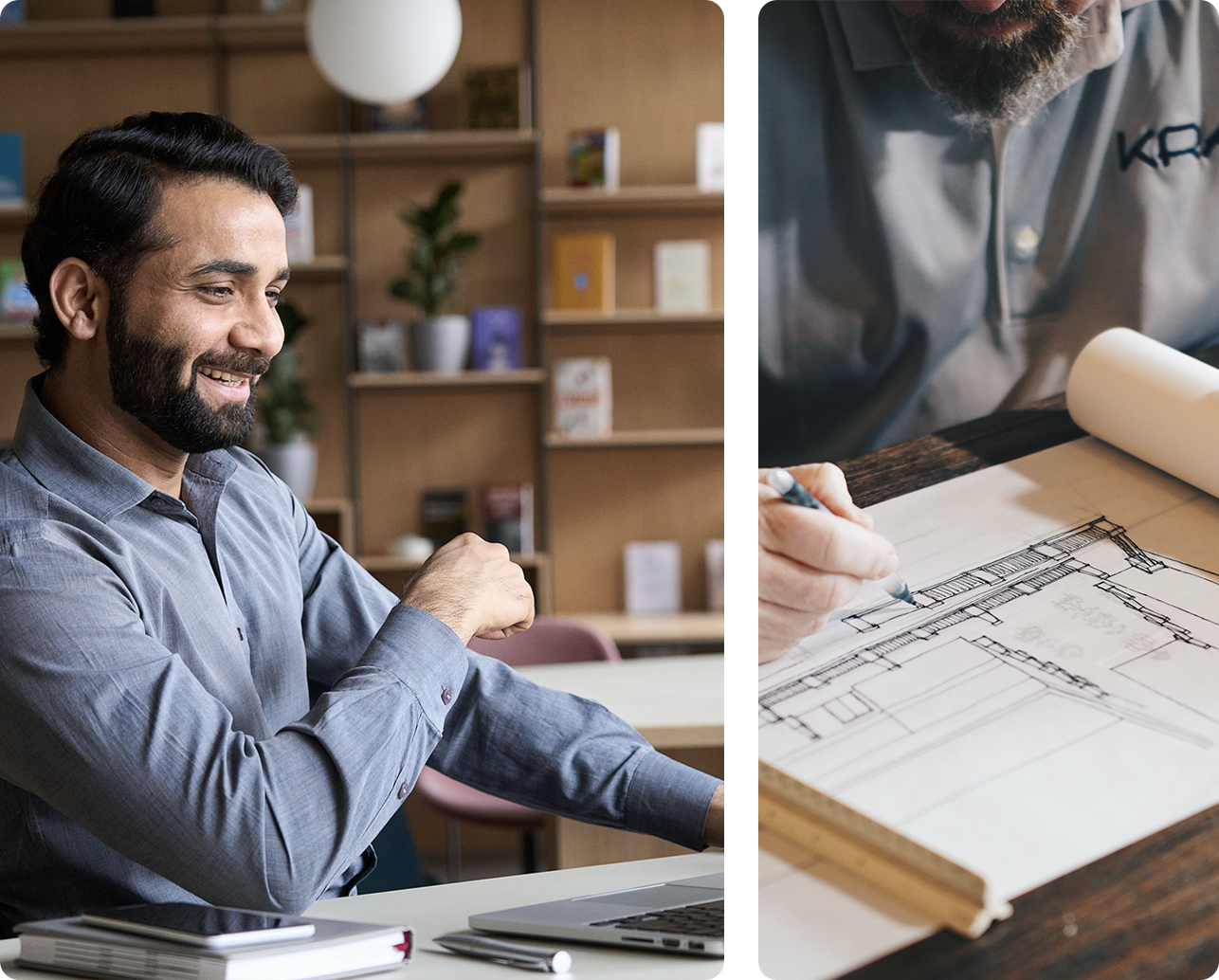If you are thinking about investing in property flipping, there are a few things that you should keep in mind. One of the most important things is that it requires a significant capital investment upfront. A fix-and-flip loan is a great way to get the capital you need for a good return on your investment.
Let’s take a look at the things you should keep in mind to prepare for a fix-and-flip loan.
Have a Property in Mind
Fix-and-flip loans require you to choose a property before you begin the loan process. Choosing the right property for your project helps ensure your investment is productive and profitable. If you're just getting started with flipping houses, it's wise to avoid purchasing a home that needs repairs to the foundation or other major structural renovations, as these can easily turn into cost over-runs for a new real estate investor. In addition, it's smart to choose a home that is fairly similar in size to other homes in the neighborhood, which will usually allow for faster resale upon completion.
Plan your Project Budget
Before you apply for a fix-and-flip loan, it's essential to put together a project budget and scope of work for the property you plan to purchase. Have the home carefully inspected so you know exactly what you're purchasing. Then, create an itemized list of all the renovations you plan to do. This itemized budget helps with your planning, and it's essential for providing lenders with important information about your project.
Estimate How Much the Property Will Sell For
When you apply for a loan, you'll need an accurate estimate of what the property will sell for once you've completed all the repairs and renovations. This is called the after-repair value, or ARV, and knowing it ahead of time is an essential part of securing a fix-and-flip loan. In general, lenders can provide up to 85% of the purchase price and 100% of the renovation costs, but they usually limit their loan to 90% of total purchase and rehab costs.. This estimate can help you determine whether fixing up a house makes sense for you.
Ensure Your Investment is Profitable
Knowing the ARV can also help you ensure that your investment is profitable. With any home renovation, there can be unexpected expenses that crop up as you proceed with the repairs, so it's important to ensure you have enough of a buffer to make a profit even if something unexpected happens. Wise investors use the 70% rule, which suggests that the purchase price of the property should be less than 70% of the after-repair value minus the cost of repairs. For example, if you expect to sell the repaired home for $300,000 and repairs will cost you $50,000, you should take $300,000x.07-$50,000 to estimate your initial purchase price. In this example, it would be best to pay no more than $160,000 for the property initially. In addition, you'll typically need to have about 20% of the initial purchase price to use as a down payment.
Know What You Are Putting into the Project
Fix-and-flip loans are beneficial for borrowers because they allow you to purchase and renovate a home that you might not be able to afford with only your cash and to pay it off in one amount after you sell the home. However, a fix-and-flip loan does require some investment on your part, so it's important to understand what you will put into this type of investment. Experienced investors with a good portfolio of flipped houses can secure private lender loans quickly using existing collateral, such as real estate already in their portfolio while beginning investors who are new to house flipping might opt for a home equity loan or other source of cash to secure funding.
If you're interested in exploring your options for fix-and-flip loans, inquire with one of our professionals at SkyBeam Capital. Our experts can ensure you accurately meet all the fix-and-flip loan requirements and assist you as you begin your real estate investment journey.





.webp?width=851&height=771&name=Location%20Guide%20Cover2%20(1).webp)

